Subtotal: $570.74
Cisco Embedded Wireless Controller on C9115AX Access Point
Condition: NOB
RMA Warranty
Description
The Cisco Catalyst 9115 Series with Wi-Fi 6 is the next generation of enterprise access points. They are resilient, secure, and intelligent.
Product Features
| Feature | Benefits |
| 802.11ax (Wi-Fi 6) | The IEEE 802.11ax emerging standard, also known as High-Efficiency-Wireless (HEW) or Wi-Fi 6, builds on 802.11ac. It will deliver a better experience in typical environments and more predictable performance for advanced applications such as 4K or 8K video, high-density, high-definition collaboration apps, all-wireless offices, and IoT. 802.11ax is designed to use both the 2.4-Ghz and 5-GHz bands, unlike the 802.11ac standard. |
| Uplink/downlink OFDMA | OFDMA-based scheduling splits the bandwidth into smaller chunks called Resource Units (RUs), which can be allocated to individual clients in both the downlink and uplink directions to reduce overhead and latency. |
| MU MIMO technology | Supporting four spatial streams, MU-MIMO enables access points to split spatial streams between client devices, to maximize throughput. |
| BSS coloring | Spatial reuse (also known as Basic Service Set [BSS] coloring) allows the Access Points (APs) and their clients to differentiate between BSSs, thus permitting more simultaneous transmissions. |
| Target wake time | A new power savings mode called Target Wake Time (TWT) allows the client to stay asleep and to wake up only at prescheduled (target) times to exchange data with the AP. This offers significant energy savings for battery-operated devices, up to 3x to 4x compared to 802.11n and 802.11ac. |
| Cisco Embedded Wireless Controller | The 9115 Wi-Fi 6 access points are available with a built-in controller. The Cisco Embedded Wireless Controller on Catalyst 9100 Access Points provides an easy-to-deploy and manage option that does not require a physical appliance. The control resides on the access point, so there is no added footprint or complexity. And because it uses Cisco Catalyst 9800 Series code, it’s easy to migrate your network as your needs grow. |
| User Defined Network | A feature available in Cisco DNA Center, allows IT to give end users control of their very own wireless network partition on a shared network. End users can then remotely and securely deploy their devices on this network. Perfect for university dormitories or extended hospital stays, Cisco User Defined Network grants both device security and control, allowing each user to choose who can connect to their network. (Available second half of calendar year 2020.) |
| Application Hosting on Catalyst 9100 Access | Application Hosting on Catalyst 9100 Access Points helps future-proof and simplify IoT deployments by eliminating the need to install and manage overlay networks. Utilizing the USB interface, containerized applications and hardware modules can be deployed to reduce cost and complexity. Adding Cisco DNA Center provides workflows and deployment-wide application lifecycle management. |
| Multigigabit Ethernet support | Provides uplink speeds of 2.5 Gbps, in addition to 100 Mbps and 1 Gbps. All speeds are supported on Category 5e cabling for an industry first, as well as 10GBASE-T (IEEE 802.3bz) cabling. |
| Bluetooth 5.0 | Integrated Bluetooth Low Energy (BLE) 5.0 radio to enable IoT use cases such as location tracking and wayfinding. |
| Apple features | Apple and Cisco have partnered to create an optimal mobile experience for iOS devices on corporate networks based on Cisco technologies. Using new features in iOS 10, in combination with the latest software and hardware from Cisco, businesses can now more effectively use their network infrastructure to deliver an enhanced user experience across all business applications.
At the center of the collaboration is a unique handshake between the Cisco WLAN and Apple devices. This handshake enables the Cisco WLAN to provide an optimal Wi-Fi roaming experience to Apple devices. Additionally, the Cisco WLAN trusts Apple devices and gives priority treatment for business-critical applications specified by the Apple device. This feature is also known as Fast Lane. |
Product Specifications and Benefits
| Item | Specification | |||||||
| Part numbers | Cisco Catalyst 9115AXI Access Point: Indoor environments, with internal antennas
● C9115AXI-x: Cisco Catalyst 9115 Series Cisco Catalyst 9115AXE Access Point: Indoor, challenging environments, with external antennas ● C9115AXE-x: Cisco Catalyst 9115 Series Cisco Catalyst 9115AXI Access Point: Indoor environments, with internal antennas, with embedded wireless controller ● C9115AXI-EWC-x: Cisco Catalyst 9115 Series Cisco Catalyst 9115AXE Access Point: Indoor, challenging environments, with external antennas, with embedded wireless controller ● C9115AXE-EWC-x: Cisco Catalyst 9115 Series Regulatory domains: (x = regulatory domain) Not all regulatory domains have been approved. As they are approved, the part numbers will be available on the Global Price List. |
|||||||
| Software | ● Cisco Unified Wireless Network Software Release 8.9 or later
● Cisco IOS XE Software Release 16.11 or later |
|||||||
| Supported wireless LAN controllers | ● Cisco Catalyst 9800 Series Wireless Controllers
● Cisco 3500, 5520, and 8540 Series Wireless Controllers and Cisco Virtual Wireless Controller |
|||||||
| 802.11n version 2.0 (and related) capabilities | ● 4×4 MIMO with four spatial streams
● Maximal Ratio Combining (MRC) ● 802.11n and 802.11a/g beamforming ● 20- and 40-MHz channels ● PHY data rates up to 890 Mbps (40 MHz with 5 GHz and 20 MHz with 2.4 GHz) ● Packet aggregation: A-MPDU (transmit and receive), A-MSDU (transmit and receive) ● 802.11 Dynamic Frequency Selection (DFS) ● Cyclic Shift Diversity (CSD) support |
|||||||
| 802.11ac | ● 4×4 downlink MU-MIMO with four spatial streams
● MRC ● 802.11ac beamforming ● 20-, 40-, 80-, and 160-MHz channels ● PHY data rates up to 3.47 Gbps (160 MHz with 5 GHz) ● Packet aggregation: A-MPDU (transmit and receive), A-MSDU (transmit and receive) ● 802.11 DFS ● CSD support |
|||||||
| 802.11ax | ● 4×4 downlink MU-MIMO with four spatial streams
● Uplink/downlink OFDMA ● TWT ● BSS coloring ● MRC ● 802.11ax beamforming ● 20-, 40-, 80-, and 160-MHz channels ● PHY data rates up to 5.38 Gbps (160 MHz with 5 GHz and 20 MHz with 2.4 GHz) ● Packet aggregation: A-MPDU (transmit and receive), A-MSDU (transmit and receive) ● 802.11 DFS ● CSD support |
|||||||
| Integrated antenna | ● 2.4 GHz, peak gain 3 dBi, internal antenna, omnidirectional in azimuth
● 5 GHz, peak gain 4 dBi, internal antenna, omnidirectional in azimuth |
|||||||
| External antenna (sold separately) | ● Cisco Catalyst 9115E Access Points are certified for use with antenna gains up to 6 dBi (2.4 GHz and 5 GHz) | |||||||
| Interfaces | ● 1x 100, 1000, 2500 Multigigabit Ethernet (RJ-45) – IEEE 802.3bz
● Management console port (RJ-45) ● USB 2.0 |
|||||||
| Indicators | ● Status LED indicates boot loader status, association status, operating status, boot loader warnings, and boot loader errors | |||||||
| Dimensions (W x L x H) | ● Access point (without mounting brackets): C9115I: 8.0 x 8.0 x 1.5 in. (20.3 x 20.3 x 3.8 cm), C9115E: 8.0 x 8.0 x 1.7 in. (20.3 x 20.3 x 4.3 cm) | |||||||
| Weight | Cisco Catalyst 9115AXI
● 1.98 lb (0.9 kg) Cisco Catalyst 9115AXE ● 2.43 lb (1.1 kg) |
|||||||
| Input power requirements | ● 802.3at Power over Ethernet Plus (PoE+), 802.3bt Cisco Universal PoE (Cisco UPOE+, Cisco UPOE)
● Cisco power injector, AIR-PWRINJ6= ● 802.3af PoE ● Cisco power injector, AIR-PWRINJ5= (Note: This injector supports only 802.3af) Note: When 802.3af PoE is the source of power, both 2.4-GHz and 5-GHz radios will be reduced to 2×2 and Ethernet downgraded to 1 Gigabit Ethernet. In addition, the USB port will be off. |
|||||||
| Power draw | 802.3at full feature – Catalyst 9115I | |||||||
| Power source | Power type | 2.4-GHz radio | 5-GHz radio | Link speed | USB | LLDP | ||
| 802.3at | PoE | 4×4 | 4×4 | 2.5G | Y | 20.4W | ||
| 802.3at full feature – Catalyst 9115E | ||||||||
| Power source | Power type | 2.4-GHz radio | 5-GHz radio | Link speed | USB | LLDP | ||
| 802.3at | PoE | 4×4 | 4×4 | 2.5G | Y | 21.4W | ||
| 802.3af reduced feature | ||||||||
| Power source | Power type | 2.4-GHz radio | 5-GHz radio | Link speed | USB | LLDP | ||
| 802.3af | PoE | 2×2 | 2×2 | 1G | N | 13W | ||
| Note: Power required at the Power Source Equipment (PSE) will depend on the cable length and other environmental issues. | ||||||||
| Environmental | Cisco Catalyst 9115AXI
● Nonoperating (storage) temperature: -22° to 158°F (-30° to 70°C) ● Nonoperating (storage) altitude test: 25 C, 15,000 ft. ● Operating temperature: 32° to 122°F (0° to 50°C) ● Operating humidity: 10% to 90% (noncondensing) ● Operating altitude test: 40 C, 9843 ft. Note: When the ambient operating temperature exceeds 40°C, the access point will shift from 4×4 to 2×2 on both the 2.4-GHz and 5-GHz radios, uplink Ethernet will downgrade to 1 Gigabit Ethernet, and the USB interface will be disabled. Cisco Catalyst 9115AXE ● Nonoperating (storage) temperature: -22° to 158°F (-30° to 70°C) ● Nonoperating (storage) altitude test: 25 C, 15,000 ft. ● Operating temperature: -4° to 122°F (-20° to 50°C) ● Operating humidity: 10% to 90% (noncondensing) ● Operating altitude test: 40 C, 9843 ft. |
|||||||
| System memory | ● 2048 MB DRAM
● 1024 MB flash |
|||||||
| Warranty | Limited lifetime hardware warranty | |||||||
| Available transmit power settings | 2.4 GHz
● 23 dBm (200 mW) ● -4dBm (0.39mW) |
5 GHz
● 23 dBm (200 mW) ● -4dBm (0.39mW) |
||||||
| Compliance standards | ● Safety:
IEC 60950-1 EN 60950-1 UL 60950-1 CAN/CSA-C22.2 No. 60950-1 AS/NZS 60950-1 UL 2043 Class III equipment ● Emissions: CISPR 32 (rev. 2015) EN 55032 (rev. 2012/AC:2013) EN 55032 (rev. 2015) EN61000-3-2 (rev. 2014) EN61000-3-3 (rev. 2013) KN61000-3-2 KN61000-3-3 AS/NZS CISPR 32 Class B (rev. 2015) 47 CFR FCC Part 15B ICES-003 (rev. 2016 Issue 6, Class B) VCCI (V3) CNS (rev. 13438) KN-32 TCVN 7189 (rev. 2009) ● Immunity: CISPR 24 (rev. 2010) EN 55024/EN 55035 (rev. 2010) ● Emissions and immunity: EN 301 489-1 (v2.1.1 2017-02) EN 301 489-17 (v3.1.1 2017-02) QCVN (18:2014) KN 489-1 KN 489-17 EN 60601 (1-1:2015) ● Radio: EN 300 328 (v2.1.1) |
EN 301 893 (v2.1.1)
AS/NZS 4268 (rev. 2017) 47 CFR FCC Part 15C, 15.247, 15.407 RSP-100 RSS-GEN RSS-247 China regulations SRRC LP0002 (rev 2018.1.10) Japan Std. 33a, Std. 66, and Std. 71 ● RF safety: EN 50385 (rev. Aug 2002) ARPANSA AS/NZS 2772 (rev. 2016) EN 62209-1 (rev. 2016) EN 62209-2 (rev. 2010) 47 CFR Part 1.1310 and 2.1091 RSS-102 ● IEEE standards: IEEE 802.3 IEEE 802.3ab IEEE 802.3af/at IEEE 802.11 a/b/g/n/ac/ax IEEE 802.11h, 802.11d ● Security: 802.11i, Wi-Fi Protected Access 3 (WPA3), WPA2, WPA 802.1X Advanced Encryption Standard (AES) ● Extensible Authentication Protocol (EAP) types: EAP-Transport Layer Security (TLS) EAP-Tunneled TLS (TTLS) or Microsoft Challenge Handshake Authentication Protocol Version 2 (MSCHAPv2) Protected EAP (PEAP) v0 or EAP-MSCHAPv2 EAP-Flexible Authentication via Secure Tunneling (EAP-FAST) PEAP v1 or EAP-Generic Token Card (GTC) EAP-Subscriber Identity Module (SIM) |
||||||

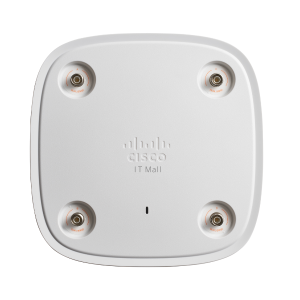
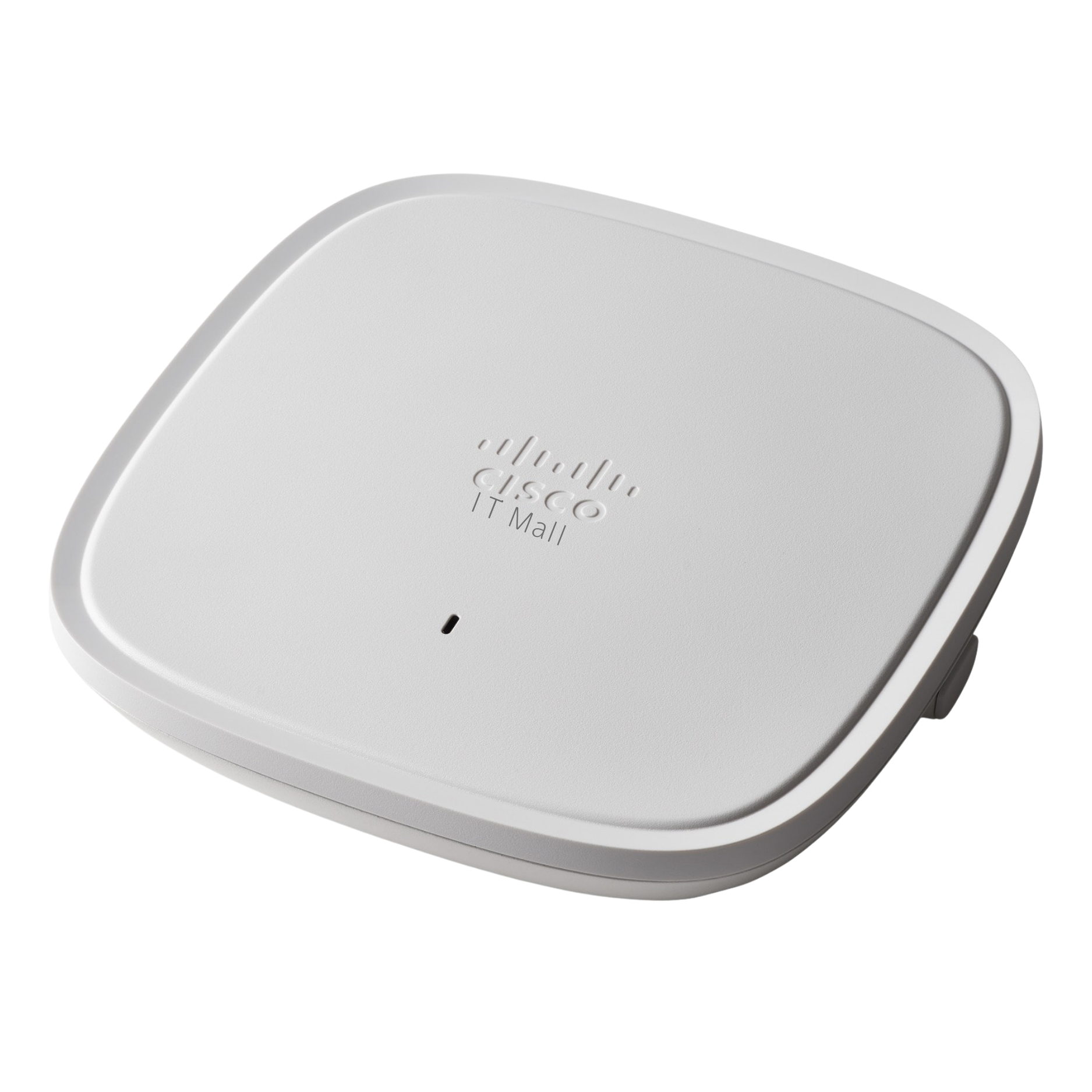
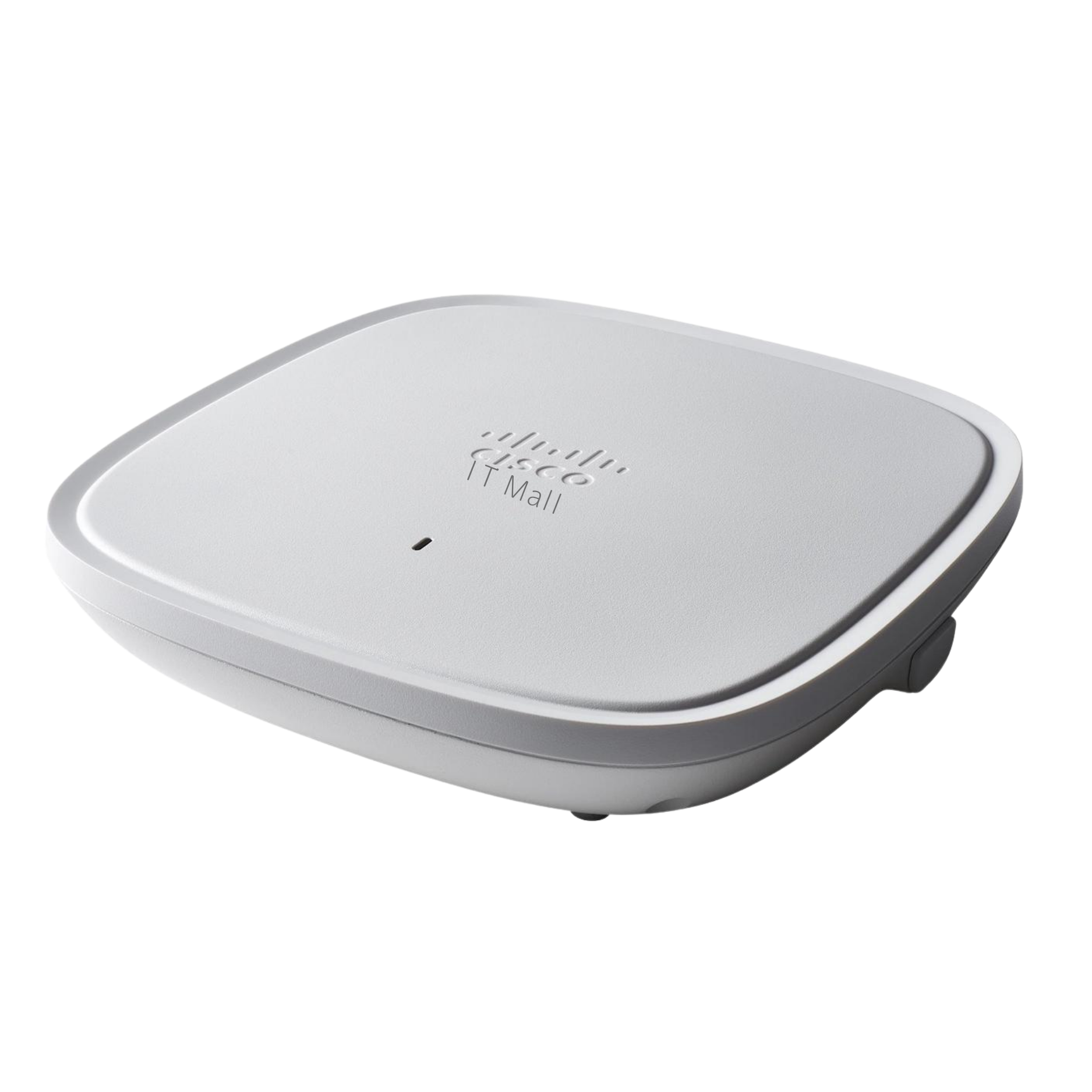
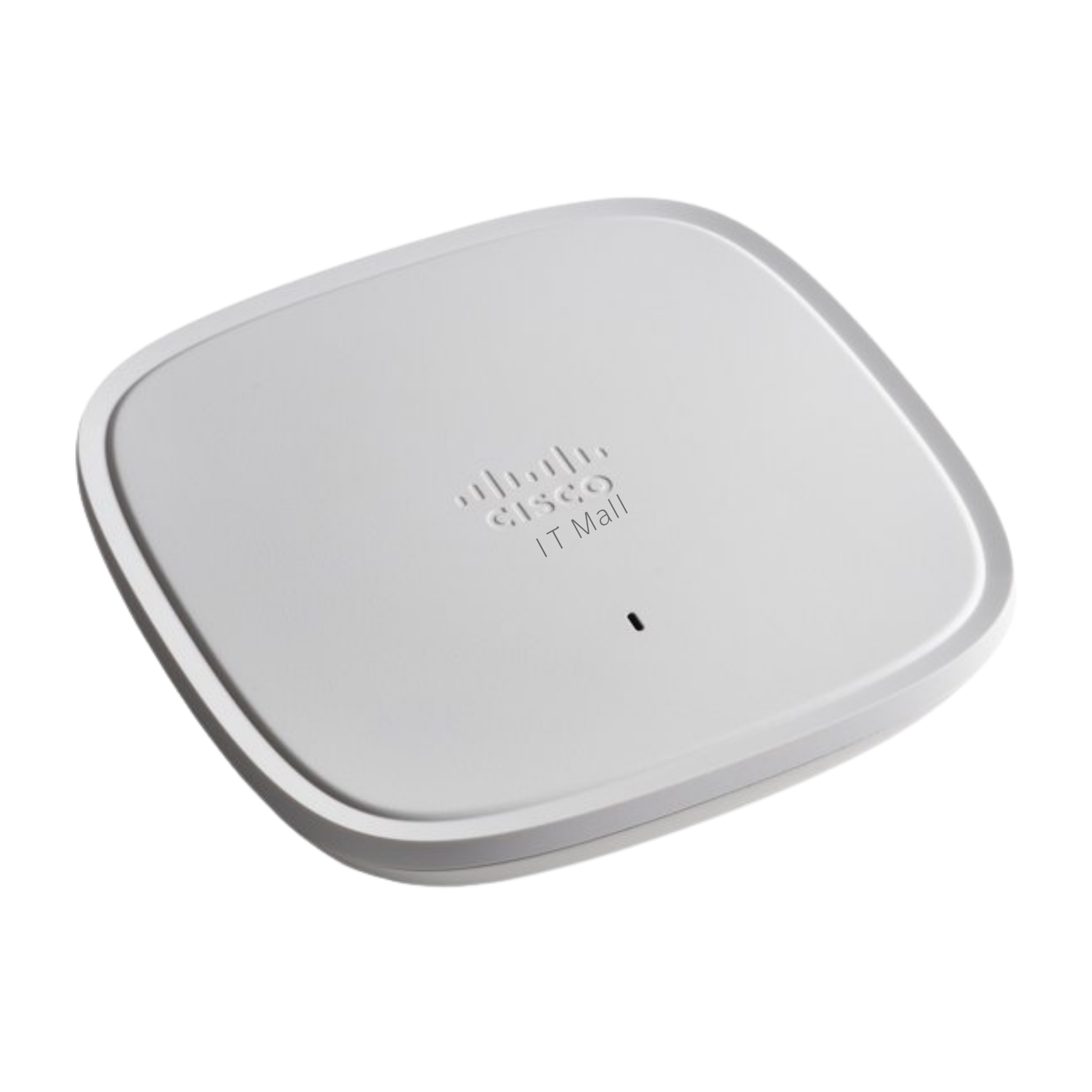

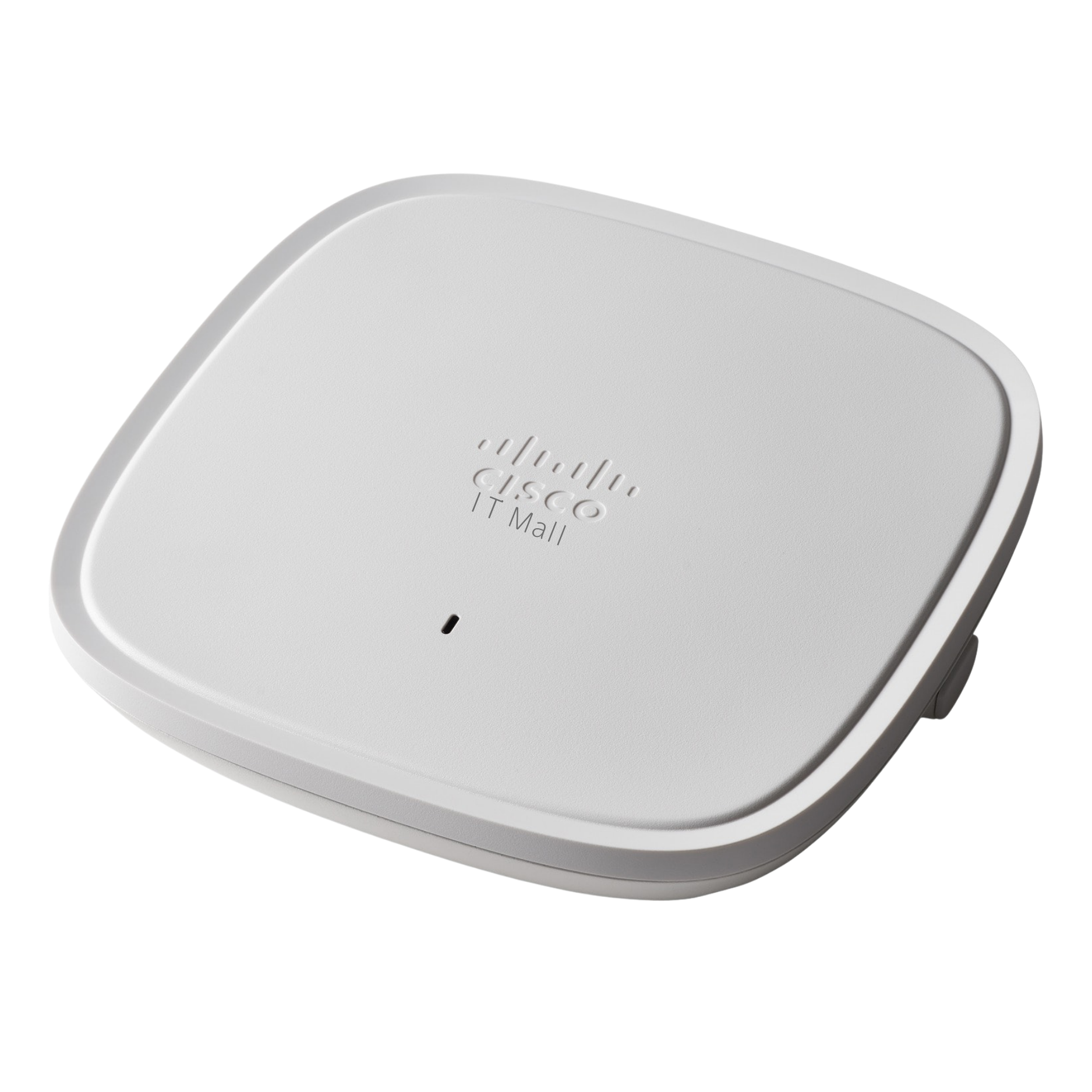
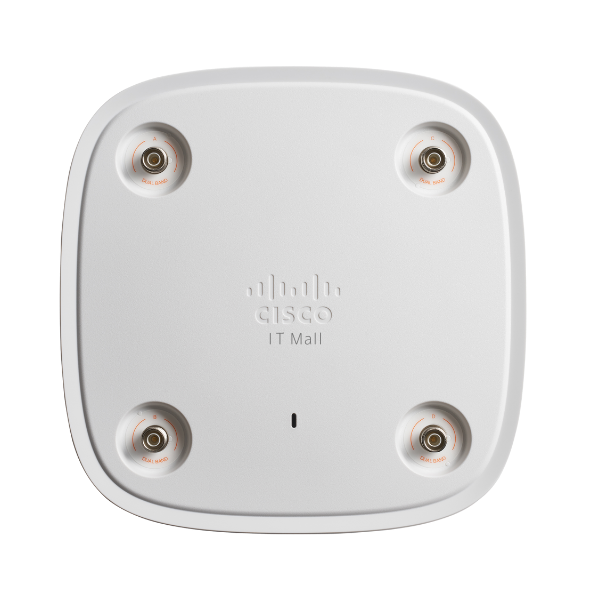
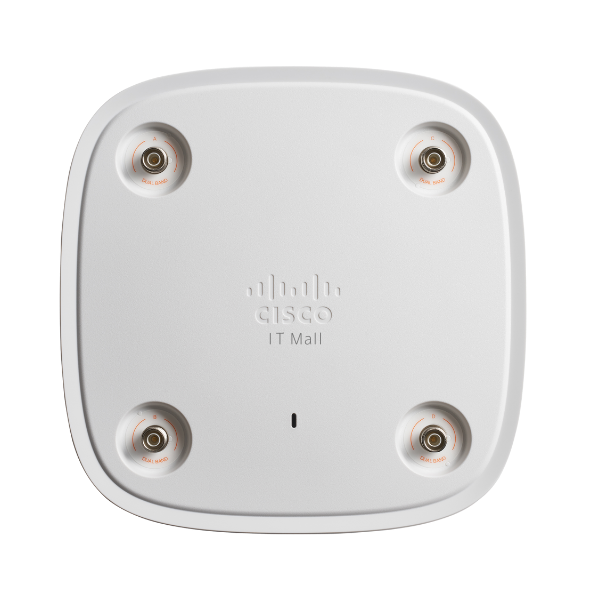
Angel (verified owner) –
Good service.